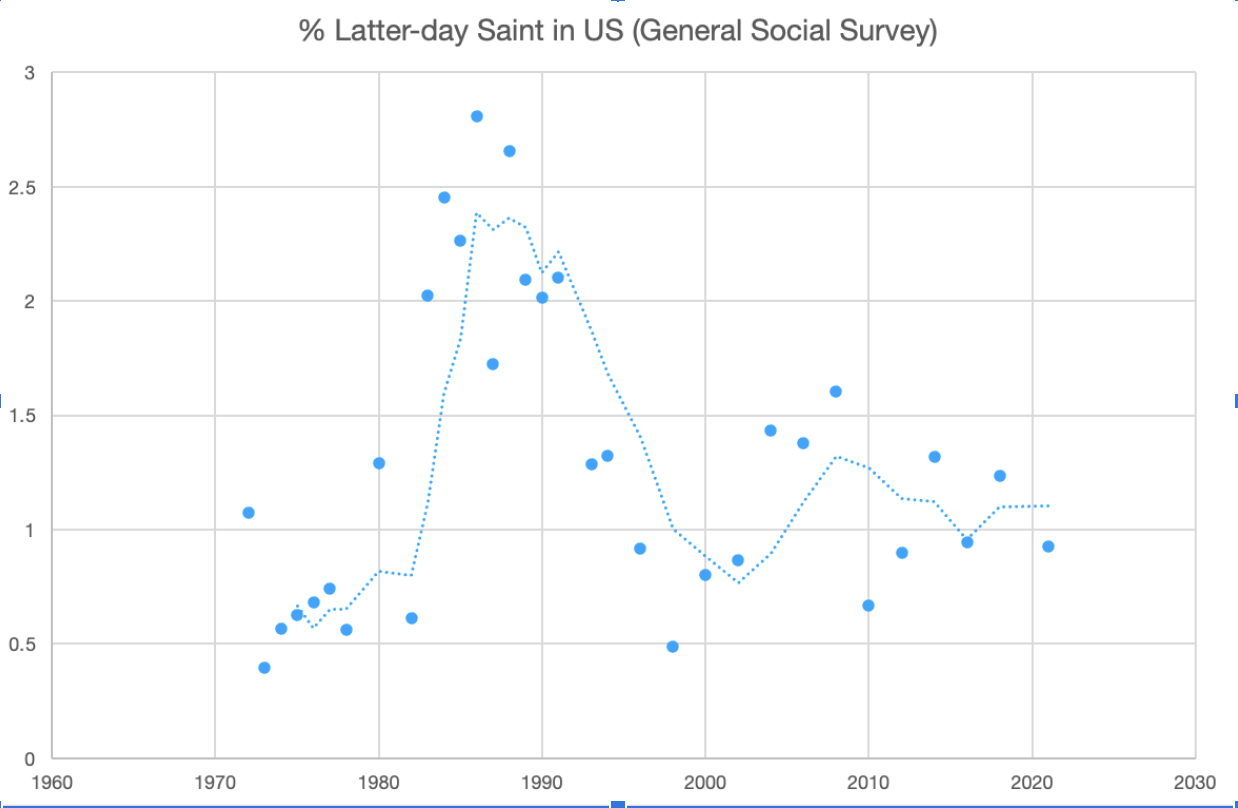-
•
•
One response
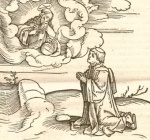
With early efforts to locate the text in mind, we can now reconstruct the origin of the prophecy of “Lutius Gratiano.” Read More
-
•
•
9 responses
Polygamy was one of the most divisive and explosive policies that Joseph Smith ever embraced. In many ways, it was what led to Joseph Smith’s death. He knew that it would be a cause of contention, both within the Church of Jesus Christ of Latter-day Saints and with those who were not members, and he made some efforts to both conceal the practice and to set up rules to keep it controlled. Key among the latter was the idea of only one individual serving as the gatekeeper to entering plural marriages. Yet, polygamy was a confusing and messy practice to… Read More
-
•
•
6 responses

In the prophecy of “Lutius Gratiano,” we have the unusual opportunity to observe the formation and development of a prophecy in some detail. Read More
-
•
•
10 responses
My wife is 37 weeks pregnant, and she is ready to be done. She’s started writing down a list of reasons she doesn’t enjoy pregnancy for me to use in reminding her next time we start thinking about having another child. She has also assured me that if creating spirit children in the next life involves pregnancy, we’re not going to have a high population on any planets we create. With our family growing and the “Come, Follow Me” texts for this week, Section 132 has been on my mind. It is both one of the most important and most… Read More
-
•
•
8 responses
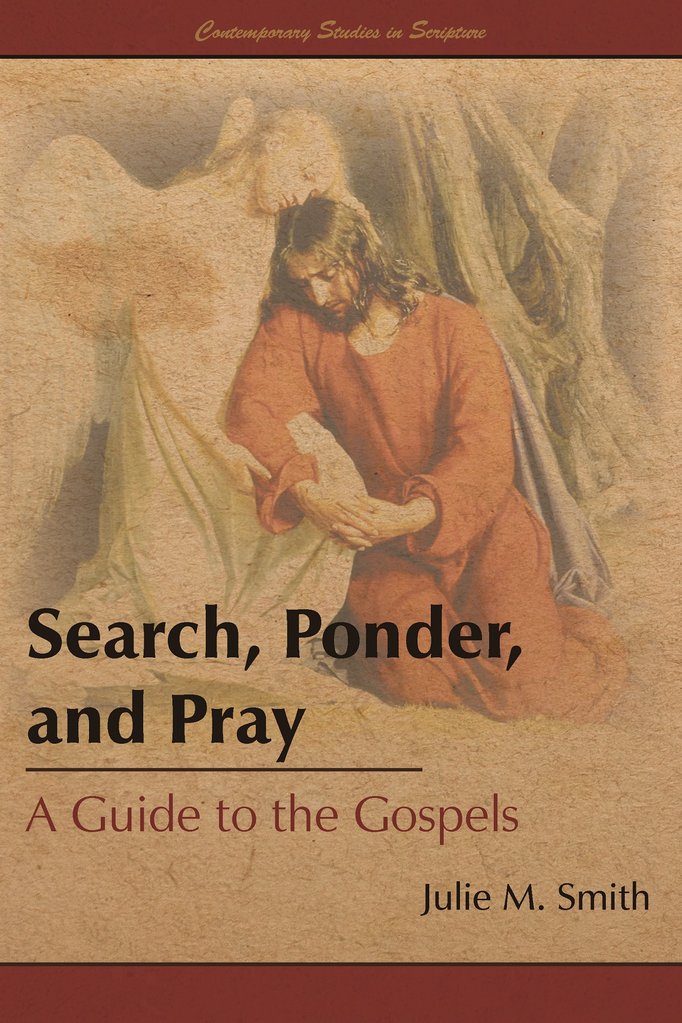
“Tell me the stories of Jesus,” begins the primary song. You’ve read the stories of Jesus in Matthew, Mark, Luke, and John. You’ve heard them in church lessons and talks. You know the stories; you probably love the stories. But what if you want more? I recently used Julie M. Smith’s Search, Ponder, and Pray: A Guide to the Gospels to revitalize my study of the first books of the New Testament, and I loved it. What Smith does more than anything else in this volume is ask questions. In Matthew 6, when Jesus recommends giving to the poor in… Read More
-
•
•
4 responses

Earlier scholarship has often understood the function of prophetic texts as providing information about the future. Read More
-
•
•
2 responses
We’re coming up on one of the most dreaded lessons of the Sunday School cycle—no, not reviewing the law of chastity with teenagers, the lesson that includes D&C 132 (the revelation on plural marriage). Polygamy is a topic in the Church that is uncomfortable, troubling and, at times, painful to discuss. Recently, however, the Church published a short book by Brittany Chapman Nash called Let’s Talk About Polygamy that I would recommend to read for anyone who wants to better understand our history with plural marriage (for a longer review of the book I put up a couple months ago, click… Read More
-
•
•
3 responses

For several years, my academic research has focused on late medieval and early modern prophecies. Read More
-
•
•
6 responses
Throughout this year, I’ve talked about the development of temple doctrine as a braiding of strands from Joseph Smith’s theology and cosmology. That continues to be true of the 1840s, when the Latter-day Saints were working on the Nauvoo temple. Previously, when discussing the House of the Lord in Kirtland, I discussed the idea of beholding the face of God, an endowment of power from on high, preparation for the Second Coming of Jesus the Christ, the Zion project, and some practical functions of the temples (in connection with building Zion). These threads continued to have a place in the Nauvoo Temple but began… Read More
-
•
•
3 responses
If you’ve ever asked yourself what exactly is a Seventy, you’re not alone. In fact, I’d dare to say that the question is one of the more persistent ones throughout Church history. Based on two brief mentions in the Bible, the idea of the Seventies is laid out in two separate documents in the Doctrine and Covenants and was organized initially in 1835. Yet, the exact function and role of the Seventies has varied over the years in the Church. The first major mention of the Seventies in our scriptures comes in the 1835 document “On Priesthood” that is now… Read More
-
•
•
15 responses
During my time as an undergraduate at BYU I noticed there were certain Latter-day Saint scholars that were looked up and aspired to by different groups. These were the days of Rough Stone Rolling when the “New Mormon History” seemed ascendent after a false labor with Leonard Arrington. Various Bushman acolytes aspired to follow in his footsteps and entered training in history, religious studies, or adjacent fields so that they could bring their formal training to Latter-day Saint related fields and become the kind of authority in Latter-day Saint issues that transcended the academy and had a direct bearing on… Read More
-
•
•
6 responses
For a long time, I underestimated the depth of the trauma experienced by the Latter-day Saints in Missouri and the impact that it had on their psyche. I think I started to grasp it more when I was researching for an essay about Latter-day Saints and their relationship with the US Government (which was an earlier version of the “The constitution of this Land” post I put up on this site in September). What they endured was horrific and that left deep scars on the Latter-day Saints. In the midst of all of this, however, Joseph Smith began to write… Read More
-
•
•
13 responses
Charles Darwin’s niece once told her son (the famed British composer Ralph Vaughan Williams) that: “The Bible says that God made the world in six days, Great Uncle Charles thinks it took longer: but we need not worry about it, for it is equally wonderful either way.”[1] While it is wonderful either way, since the early 20th century, what scientists have come to understand through their studies of evolution has become increasingly important to people to discuss in terms of understanding religion and creation. Literal readings of the Bible and the histories presented in Genesis underly the idea that organic… Read More
-
•
•
3 responses
What does Mormonism look like when reconstructed from texts in a non-American cultural context? The self-styled Mormon Churches that developed in West Africa during the 1960s and 1970s (prior to the lifting of the priesthood and temple ban on individuals with Black African ancestry) provide a fascinating glimpse into this question that Laurie Maffly-Kipp explored at the 26th annual Arrington Mormon History Lecture in her lecture “A Marvelous Work: Reading Mormonism in West Africa.” I didn’t get off work in time to get up to Logan, Utah and attend in person, but they did offer a live-stream of the event,… Read More
-
•
•
18 responses
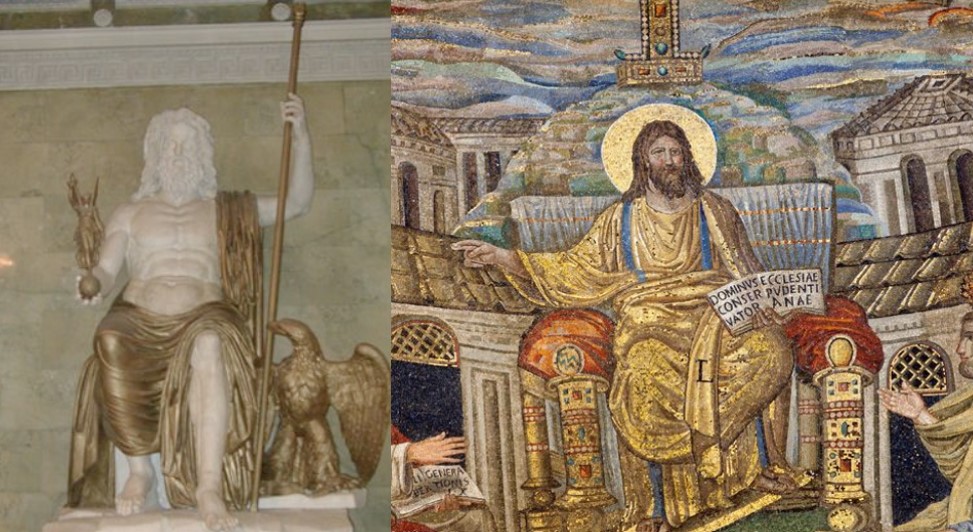
What does Jesus look like? It’s a question that we can only guess the answer to or speculate about, but one that does come up in a religion that embraces using artistic depictions of members of the Godhead. In general, the scriptures fail to describe his physical appearance in any detail. Joseph Smith documented several visions where he described seeing Jesus and God the Father, though nothing definitive about their appearances comes from the documents on the subject. History and archeology give us some clues, all of which are interesting to explore. At the end of the day, however, we… Read More
-
•
•
2 responses
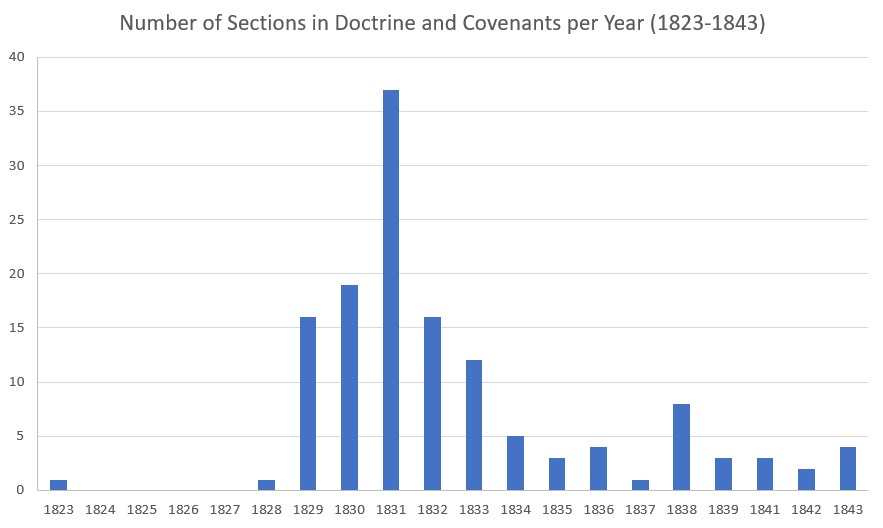
Section 107 has one of the more complicated histories out of the documents presented in the Doctrine and Covenants. It is not a single revelation, but rather a few that were compiled together and expanded in significant ways, with the individual portions reflecting their original context and some of the later context of the time in which it was combined into the document we experience today. It is, as Richard Lyman Bushman put it, “it is best understood as an archeological site, containing layers of organizational forms, each layer created for a purpose at one time and then overlaid by… Read More
-
•
•
15 responses
During an episode of the popular British Sci-Fi show, Doctor Who, the titular character confronts a woman who has engaged in a series of witch hunts in seventeenth century Britain. The witch hunter explains her view that she is required to: “Kill the witches, defeat Satan. As King James has written in his new Bible, thou shalt not suffer a witch to live.” To this, the Doctor responds: “In the Old Testament. There’s a twist in the sequel: Love thy neighbour.” This conversation plays into a standard caricature of the God of the Hebrew Bible being a fierce, punishing God… Read More
-
•
•
21 responses

I’ve always been fascinated with sacred real estate disputes, and we certainly have our own. The most salient–the American “Temple Mount”–is probably the Temple Lot in Independence, the story of which makes for fascinating reading: a geographically precise, small plot of land is prophesied by Joseph Smith as the location of a future temple. After his death various branches legally fight over ownership. The ones who end up winning the prize are a small, numerically marginal branch known as the Church of Christ (Temple Lot, AKA Hedrickites), after forming an alliance of convenience with the Church of Jesus Christ of… Read More
-
•
•
17 responses

Three years ago this month, Saints, Volume 1: The Standard of Truth, 1815-1846 was published. Saints, Volume 2: No Unhallowed Hand, 1846-1893 followed about a year-and-a-half later in February 2020. If later volumes had followed the same cadence for releases, we’d have seen Saints, Volume 3: Boldly, Nobly, and Independent, 1893-1955 right around now and Saints, Volume 4: Sounded in Every Ear, 1955-The Recent Past in early 2023.[1] I went to check on that recently and noticed that the Saints FAQ on the official site of the history series now indicates that: “Saints, Volume 2 was released in February 2020.… Read More
-
•
•
6 responses
In general, the people who are in a position to be most influential in the Church of Jesus Christ of Latter-day Saints have been official Church leaders. That’s not always the case, however, since there are a number of members of the Church who have proven influential and important in different ways—Truman Madsen, Hugh Nibley, Leonard Arrington, and Eugene England to name a few. Among these, England was a notable figure in the rise of Mormon Studies due to his role in founding Dialogue: A Journal of Mormon Thought, founding The Association for Mormon Letters, participating in founding the first… Read More
-
•
•
19 responses
It’s the ecclesiology, stupid. Read More
-
•
•
5 responses
The attitude of Latter-day Saints towards the United States government has historically been paradoxical. As Dale Morgan wrote: “The Mormons had a profound respect for government and governmental forms, but disrespect for and outright distrust of ‘the damned rascals who administer the government.’”[1] Church leaders have encouraged beliefs that inculcate support for governments, yet we also have a history of conflict with the government in the US. In addition, there are some Mormon doctrines that deemphasize the need for government that are held in tension with pro-government beliefs. This tension was manifested in nineteenth century Utah’s conflicts with the United… Read More
-
•
•
One response
The temples of the early Latter Day Saint movement were a place where several strands of Joseph Smith’s theology and doctrine were braided together. In the summer of 1833 (in the revelations we are studying this week for “Come, Follow Me”), we can see that braiding happening. Referencing some major topics we’ve already discussed this year, we can see the idea of beholding the face of God, an endowment of power from on high, preparation for the Second Coming of Jesus the Christ, the Zion project, and some practical functions of the temples (in connection with building Zion). Each of… Read More
-
•
•
16 responses
The stakes in the 2024 election couldn’t be higher. Read More

